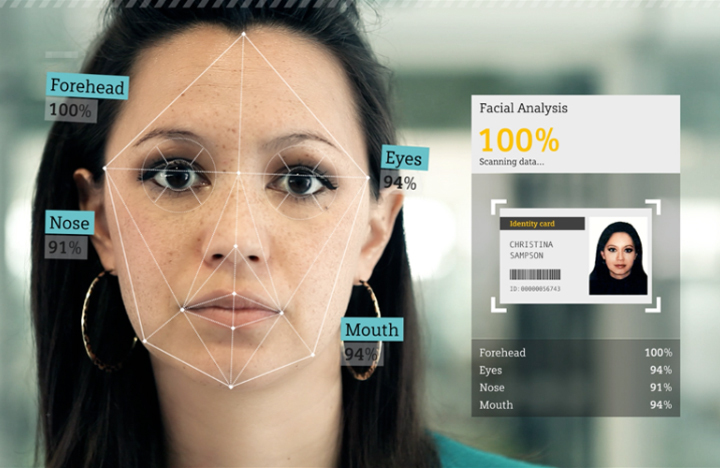With the rapid pace of technological change in today’s world, it can be challenging for people to keep track of the latest technological advancements and how they might apply them to their businesses. One such technology that is gaining in popularity and raising questions among employers is facial recognition software. Facial recognition software allows computers to identify a person based on facial features, such as their eyes, nose, and mouth.
Businesses are starting to adopt this technology in large numbers as they look for ways to streamline operations and improve customer service.
Facial recognition technology is becoming increasingly popular in the workplace, with more companies implementing it as a security measure to keep track of their employees. Establishments like financial institutions, retailers, and government agencies, such as airports, use facial recognition technology to improve customer service and security. It is also being used in the healthcare sector to help identify patients from a distance and in schools to keep track of children during school hours.
Here are some pros and cons of using facial recognition in the workplace.
Pros Of Facial Recognition In The Workplace
1. It Identifies Threats Quickly
Facial recognition technology can quickly identify threats in crowded areas, such as airports or stadiums. This is especially important for airports, where TSA agents must screen thousands of passengers rapidly.
The technology also helps to quickly identify criminals and terrorists by scanning faces against a database of known offenders. This is especially useful for law enforcement agencies trying to keep track of people who are banned from entering certain areas.
2. Speed And Accuracy
Facial recognition technology can scan and identify faces in just seconds. This is an improvement over manual processes, which may take minutes to review and verify a person’s identity. The human eye may also not be the most accurate tool in identifying people, which is why facial recognition technology is preferred.
3. It Improves Security At The Workplace
The use of facial recognition technology can improve security in the workplace. It can be used to verify the identity of employees as they enter and leave work, which helps ensure that only authorized personnel are present during working hours.
It also makes it easier to discover when unauthorized people come into the facility by comparing their faces against a database of authorized employees. This is especially useful for companies dealing with sensitive data such as financial and medical records.
4. To Combat Theft And Fraud
Businesses can use facial recognition technology to prevent theft and fraud. This is especially useful in retail stores, where employees can access much merchandise. The software can monitor the behavior of both customers and employees, ensuring that no one tries to steal from the company or sell products at a higher price than the management set.
Cons Of Facial Recognition In The Workplace
1. Accuracy Issues
Despite being more accurate than the human eye, facial recognition technology is still not 100% perfect. The software may struggle to identify people with dark skin and those with similar facial features, in the case of identical twins, or those wearing makeup that obscures their natural appearance. If the software misidentifies someone, it could lead to false accusations of theft or fraud.
2. Privacy Concerns
Some users have concerns about the privacy of facial recognition software. It can violate personal rights to monitor employees without their knowledge. Some companies are concerned that people will not want to work in an environment where they feel like they’re being watched. This could cause morale issues and lead to a high turnover rate in the workplace.
3. Can Be Fooled
Facial recognition can be prone to manipulation because the software relies on images. For example, if the system is designed to detect if someone has a beard, someone could easily alter their appearance by wearing a fake beard or putting on makeup that makes them appear older. In addition, cameras used for facial recognition may not be high-quality enough to identify people accurately.
Conclusion
The use of facial recognition in the workplace is still in its early stages and can be both beneficial and detrimental. It can help identify employees and improve security. However, it also has the potential to cause problems if people feel uncomfortable with it or if it’s misused. While facial recognition can be an effective tool for security and identification, it should be used with caution.

Comments
Leave a comment